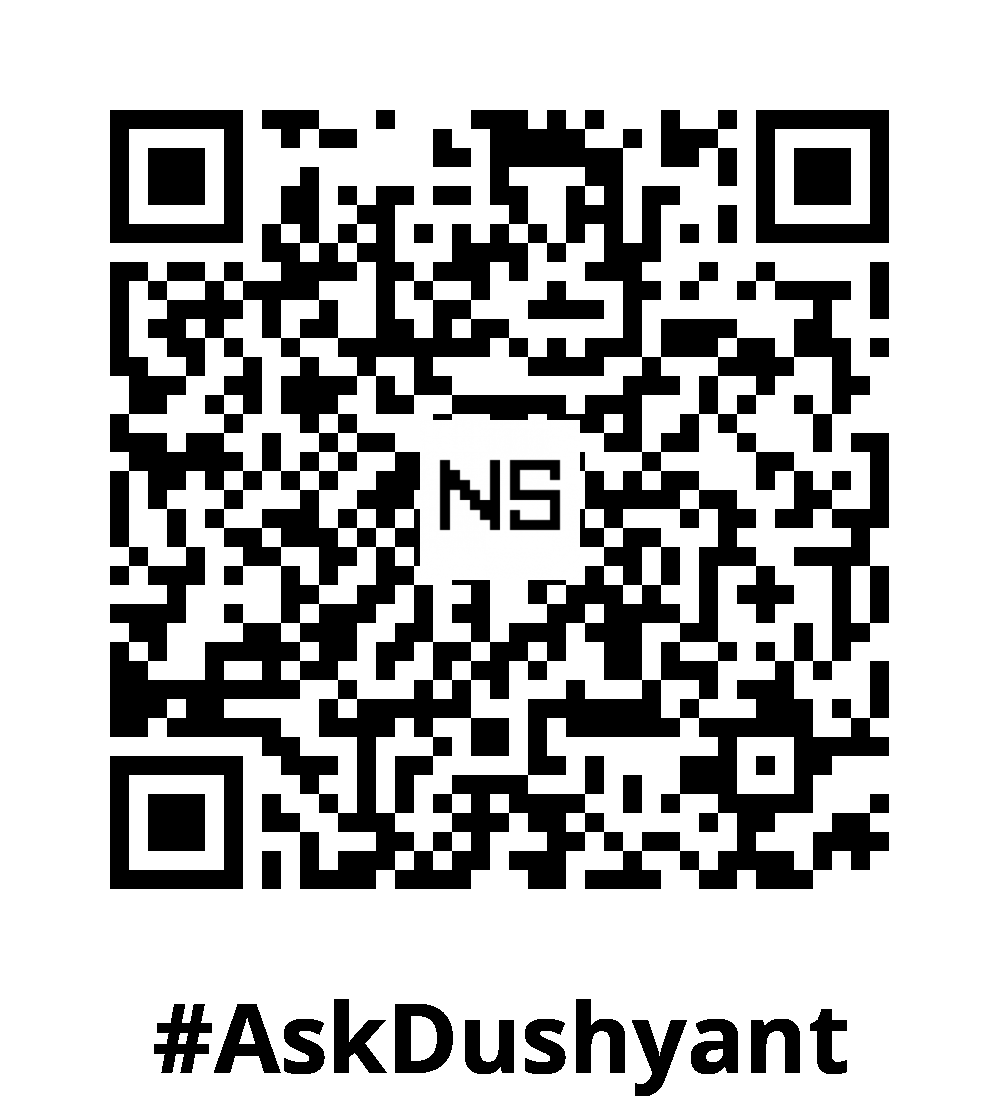Driving tech innovation with over 18 years of experience in the tech corporate field, I assert: Microservices architecture offers flexibility and scalability, yet it also presents unique testing challenges that must be addressed. Each service needs to operate independently while ensuring smooth communication with other services. Testing microservices demands a combination of approaches, including unit testing, contract testing, and integration testing, to guarantee that services are reliable, isolated, and collaborate correctly.
In this tech post, we will dive into each level of testing for microservices and demonstrate how they work together to maintain stability and functionality across your system.
Unit Testing Microservices
Unit testing ensures that individual components or functions within a microservice work as expected. These tests focus solely on the business logic of the service, without interacting with external services or databases.
Example: Unit Testing a User Service in Node.js
Imagine you have a microservice responsible for user registration. Here’s an example of unit testing the user creation function using Jest:
// userService.js
function createUser(data) {
if (!data.email.includes('@')) {
throw new Error('Invalid email');
}
return { id: 1, ...data };
}
// userService.test.js
const { createUser } = require('./userService');
test('should create a user with valid data', () => {
const user = createUser({ email: '[email protected]', name: 'John' });
expect(user).toEqual({ id: 1, email: '[email protected]', name: 'John' });
});
test('should throw error with invalid email', () => {
expect(() => createUser({ email: 'invalid', name: 'John' })).toThrow('Invalid email');
});By isolating the logic of createUser, unit tests quickly identify bugs and help ensure that the code behaves as expected without external interference.
Best Practices for Unit Testing Microservices:
- Mock external dependencies like databases or APIs.
- Write tests for every critical function within the service.
- Keep tests simple and fast to allow frequent execution during development.
Contract Testing for Microservices
Microservices often communicate with one another via APIs. Contract testing verifies that the interaction between services conforms to agreed-upon contracts (i.e., API requests and responses). It ensures that when one service makes a request, the other service will return the expected response.
Example: Pact Contract Testing for User and Notification Services
Suppose the user service needs to notify another microservice to send a welcome email. Contract testing ensures that both services agree on the request/response structure:
// Consumer contract (UserService)
const pact = new Pact({
consumer: 'UserService',
provider: 'NotificationService',
});
pact.addInteraction({
state: 'Notification service is available',
uponReceiving: 'a request to send a welcome email',
withRequest: {
method: 'POST',
path: '/notifications/email',
body: { email: '[email protected]', message: 'Welcome!' },
},
willRespondWith: {
status: 200,
body: { status: 'email sent' },
},
});Using Pact, contract testing validates that the user service and notification service communicate as expected, reducing the risk of integration errors.
Best Practices for Contract Testing:
- Version API contracts to prevent breaking changes.
- Automate contract testing to run during continuous integration (CI) pipelines.
- Test both the consumer and provider sides of service interactions.
Integration Testing in Microservices
While unit and contract testing cover individual services, integration testing verifies that multiple services work together as expected. These tests focus on how services communicate, ensuring that data flows smoothly between them and that business logic is maintained across services.
Example: Integration Testing an Order and Payment Service
In an e-commerce system, the order service may need to interact with the payment service. Here’s how to perform an integration test to ensure this interaction works:
const axios = require('axios');
const orderService = require('./orderService');
test('should create an order and process payment', async () => {
// Mock payment service API call
axios.post = jest.fn().mockResolvedValue({ status: 200, data: { success: true } });
const order = await orderService.createOrder({ userId: 1, productId: 101 });
expect(order.status).toBe('completed');
expect(axios.post).toHaveBeenCalledWith('/payment/process', { amount: 100 });
});This integration test ensures that the order service can successfully interact with the payment service and handle payment responses properly.
Best Practices for Integration Testing Microservices:
- Mock external services in the test environment when testing service interactions.
- Run integration tests in an environment that mimics production using tools like Docker.
- Focus on end-to-end workflows for critical business logic.
Benefits of Testing Microservices at Different Levels
- Independent testing: Unit tests validate isolated services without requiring other services to be functional.
- API consistency: Contract testing ensures services communicate correctly and can evolve without breaking existing functionality.
- End-to-end verification: Integration testing verifies that services interact correctly, ensuring that the entire business process works as expected.
Tools for Testing Microservices
Unit Testing:
- Jest (JavaScript/Node.js)
- JUnit (Java)
- pytest (Python)
Contract Testing:
- Pact: Simplifies contract testing between services.
Integration Testing:
- Postman: API testing for end-to-end communication.
- REST-assured: For REST API integration testing in Java.
- Docker: Simulate production environments to run integration tests.
My TechAdvice: Microservices have become an integral component of modern cloud tech architecture. Therefore, testing microservices demands a strategic blend of techniques to guarantee that each service is independently reliable and that they communicate seamlessly with one another. By employing unit, contract, and integration testing, developers can maintain stable, scalable, and resilient microservices architectures. These approaches not only help ensure functionality but also allow teams to iterate quickly while minimizing the risk of breaking the system.
#AskDushyant
#TechConcept #TechAdvice #Testing #SoftwareTesting #MicroServiceTesting
Note: The example pseudo code is for illustration only. You must modify and experiment with the concept to meet your specific needs.


Leave a Reply